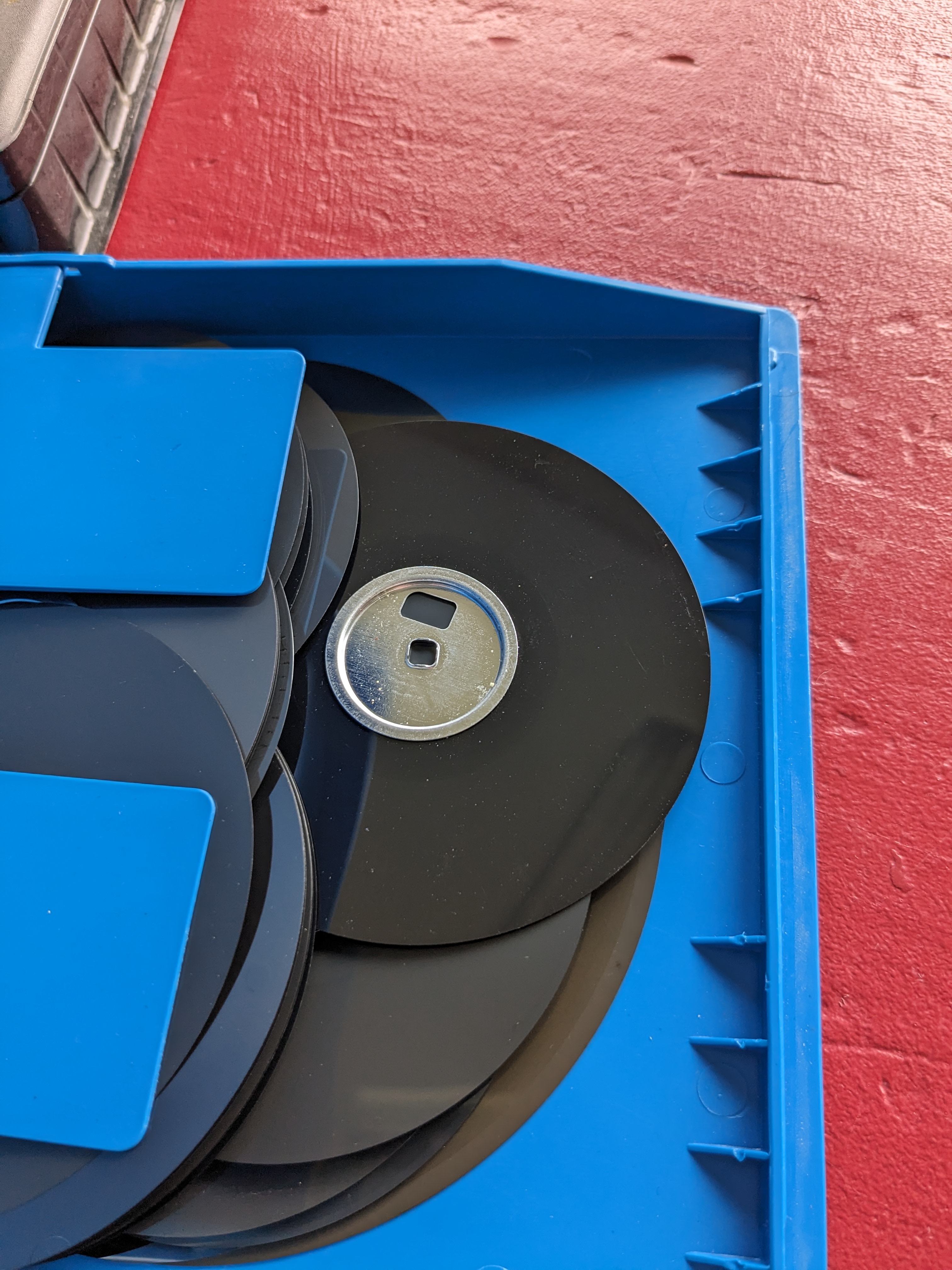this post was submitted on 05 Aug 2023
216 points (92.2% liked)
Technology
68400 readers
4696 users here now
This is a most excellent place for technology news and articles.
Our Rules
- Follow the lemmy.world rules.
- Only tech related news or articles.
- Be excellent to each other!
- Mod approved content bots can post up to 10 articles per day.
- Threads asking for personal tech support may be deleted.
- Politics threads may be removed.
- No memes allowed as posts, OK to post as comments.
- Only approved bots from the list below, this includes using AI responses and summaries. To ask if your bot can be added please contact a mod.
- Check for duplicates before posting, duplicates may be removed
- Accounts 7 days and younger will have their posts automatically removed.
Approved Bots
founded 2 years ago
MODERATORS
you are viewing a single comment's thread
view the rest of the comments
view the rest of the comments
 this
this
Yeah, as others have said, floppies without cases.
Just to be clear, floppy cases were never meant to be removed. They were glued together in such a way that it wasn't possible to take the case off without breaking the case. And these disks can't be read without the cases. Basically, the cases were considered part of the disk (just like the plastic casing of a an audio cassette or VHS is integral to the functioning of the medium.) I have to imagine whoever took these out of their cases had a misunderstanding about how computers on the order of thinking a CD-ROM tray is a drink holder or trying to print a document by laying the monitor face-down on the bed of a copy machine.
If you wanted to read the 3.5" disks, you might be able to do so if you can procure a proper floppy drive and some sacrificial floppy disks. It'd probably take some finesse and careful gluing skills.
But that all assumes that these disks haven't lost their data already. Floppies tend to just plain old degrade over time. So the data very is very likely heavily corrupted.
I have heard of really specialized hardware to read data off of degraded disks, but that's probably "you have to know a guy/gal" level of specialization. If you really wanted to go that route, I think you'd probably want to know if what you have there is "valuable" (basically not already available on Archive.org and also interesting like unreleased source code or something.) But if you thought you had something like that and wanted to pursue it, you could @ Jason Scott (@[email protected]) on Mastodon. If anybody has a lead on how to read those, it's him.
One more interesting feature was the "write lock" switch on the 3.5" ones, a sliding button that covered one of the squared holes on their edges. The floppy drive would sense that and refuse to write on them.
On the 5.25" it was a notch cut on the side (there were punchers for that). To write on a "protected" disk, you'd cover the notch with adhesive tape.